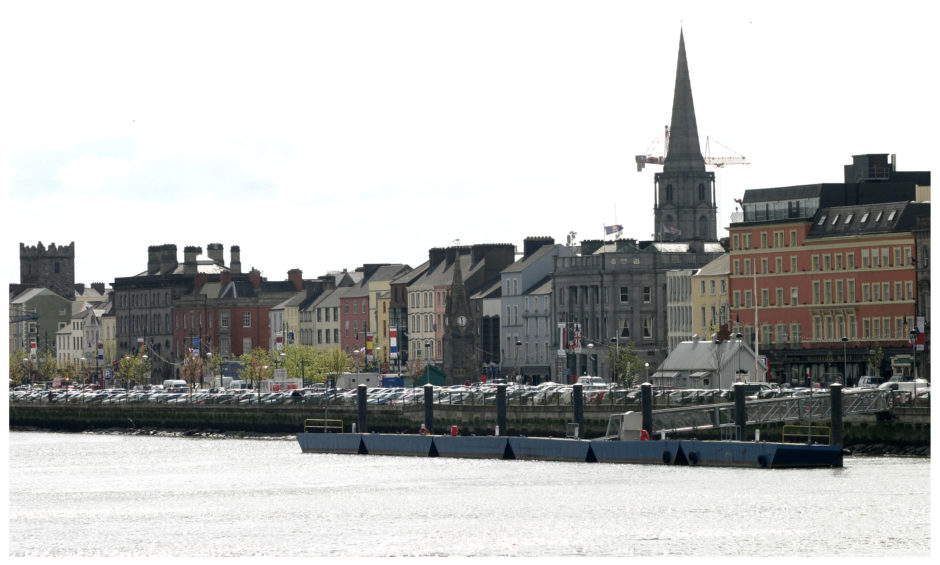March 16, 2020
I grew up in Dublin. I knew very little of Newfoundland. When I first met my Newfoundland-born wife while we were both working in the United States, I was intrigued by her accent. I could not identify what part of Ireland she was from! I was surprised to hear that she wasn’t from Ireland but was from Canada.
Yet she seemed so Irish, and my family — when they attended our wedding here in St. John’s more than 20 years ago — told friends back home, “Sure, Newfoundland is just like Ireland!”

History tells us it was in the early 1500s that ships started to sail from Europe — including England and Ireland — to Newfoundland. The port of Waterford, in the south of Ireland, was one of the world’s busiest centres of trade, and the newly discovered fishing grounds of Newfoundland were a lucrative destination.
At the height of the cod-trading industry, 200 ships a day would leave Waterford, packed full of men and supplies. The ships would make their way along the river Suir, then wait for the right tides and winds before setting sail for the Grand Banks of Newfoundland.
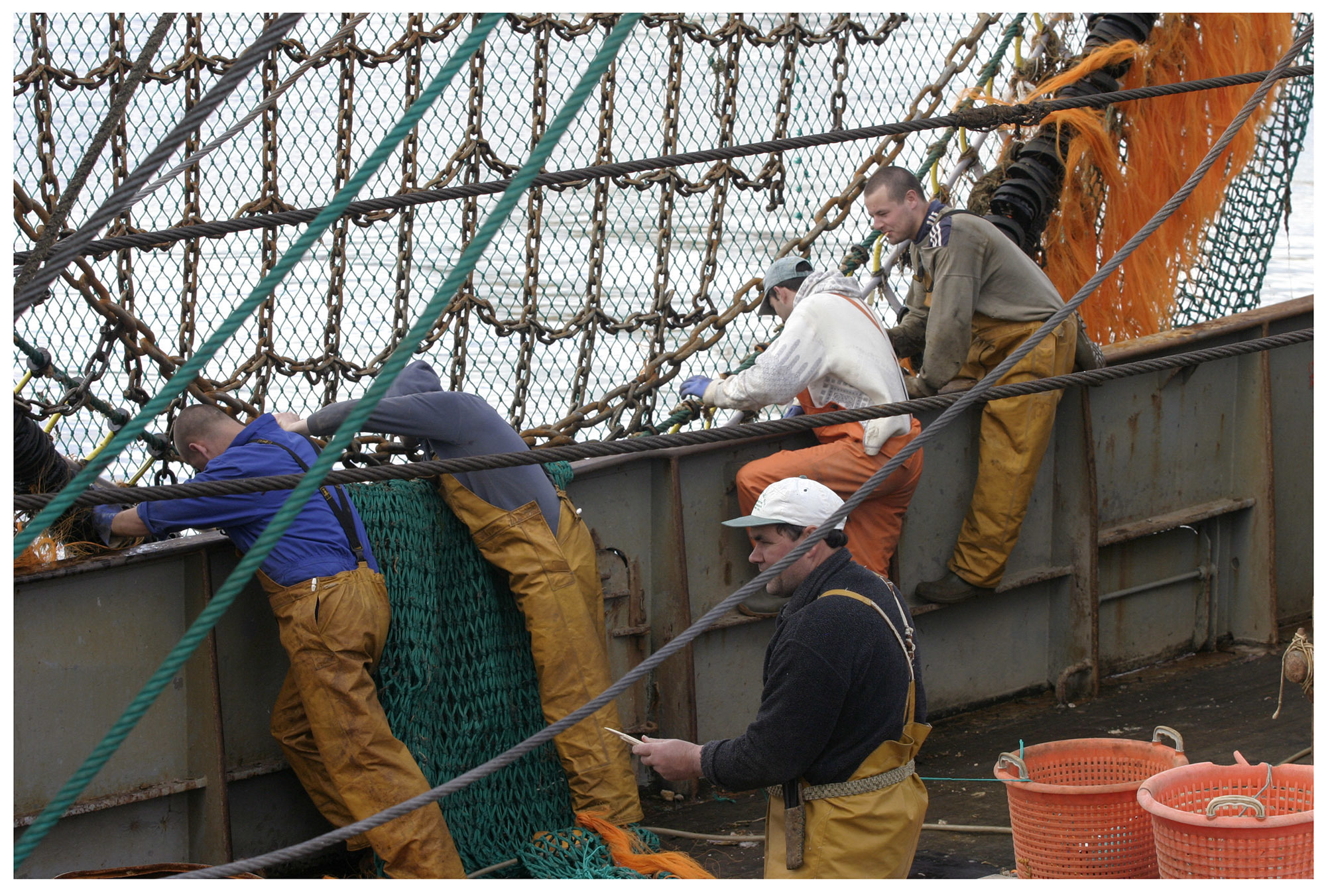
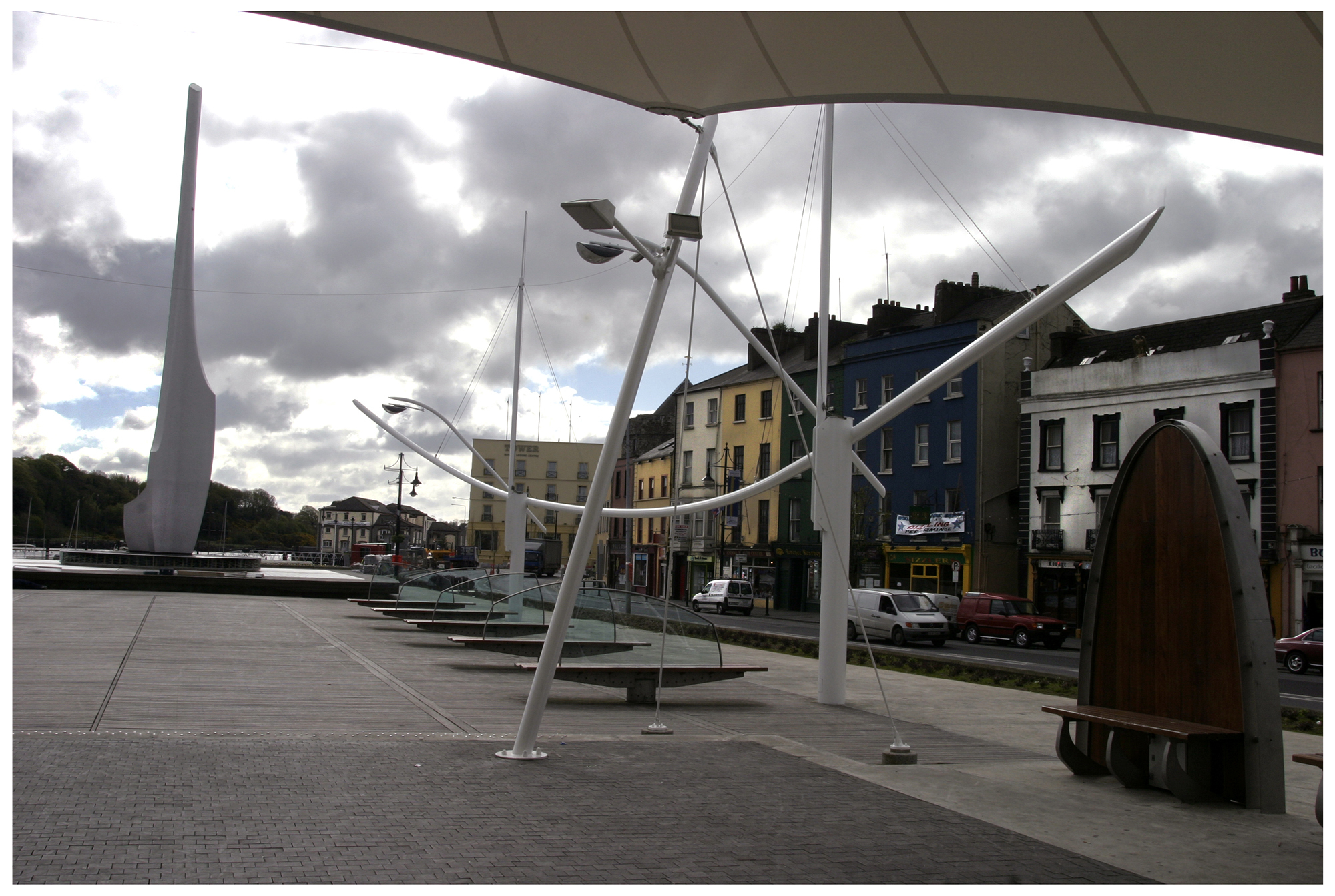
The thousands of men aboard these ships, under contract to Waterford merchants, would spend about eight months fishing and salting their catch before sailing around the world to trade the cod and return to Waterford with foreign and exotic goods.
Many merchants became very wealthy and Waterford became a prosperous port.
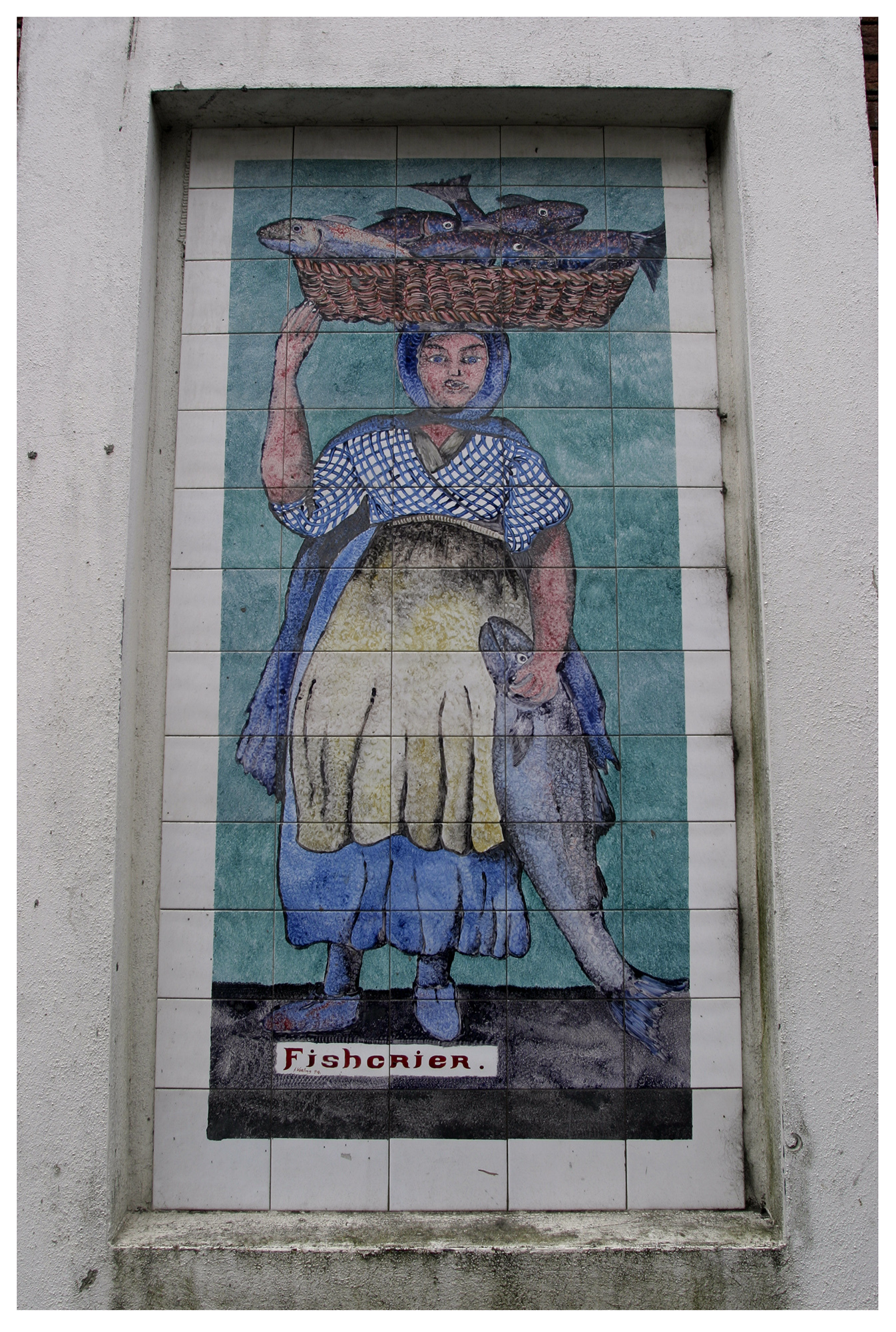
The beautiful Granville Hotel was built in the 1700s for a well-known merchant and banking family. It was later purchased by Thomas Meagher. Meagher, the son of a farmer, was born in Tipperary in 1764 and settled in St. John’s in the 1780s. He worked as an apprentice tailor, but became very successful, accumulating enough capital to become a landowner, ship owner and merchant.
He returned to Waterford with his Newfoundland-born wife, Mary Crotty in 1818.
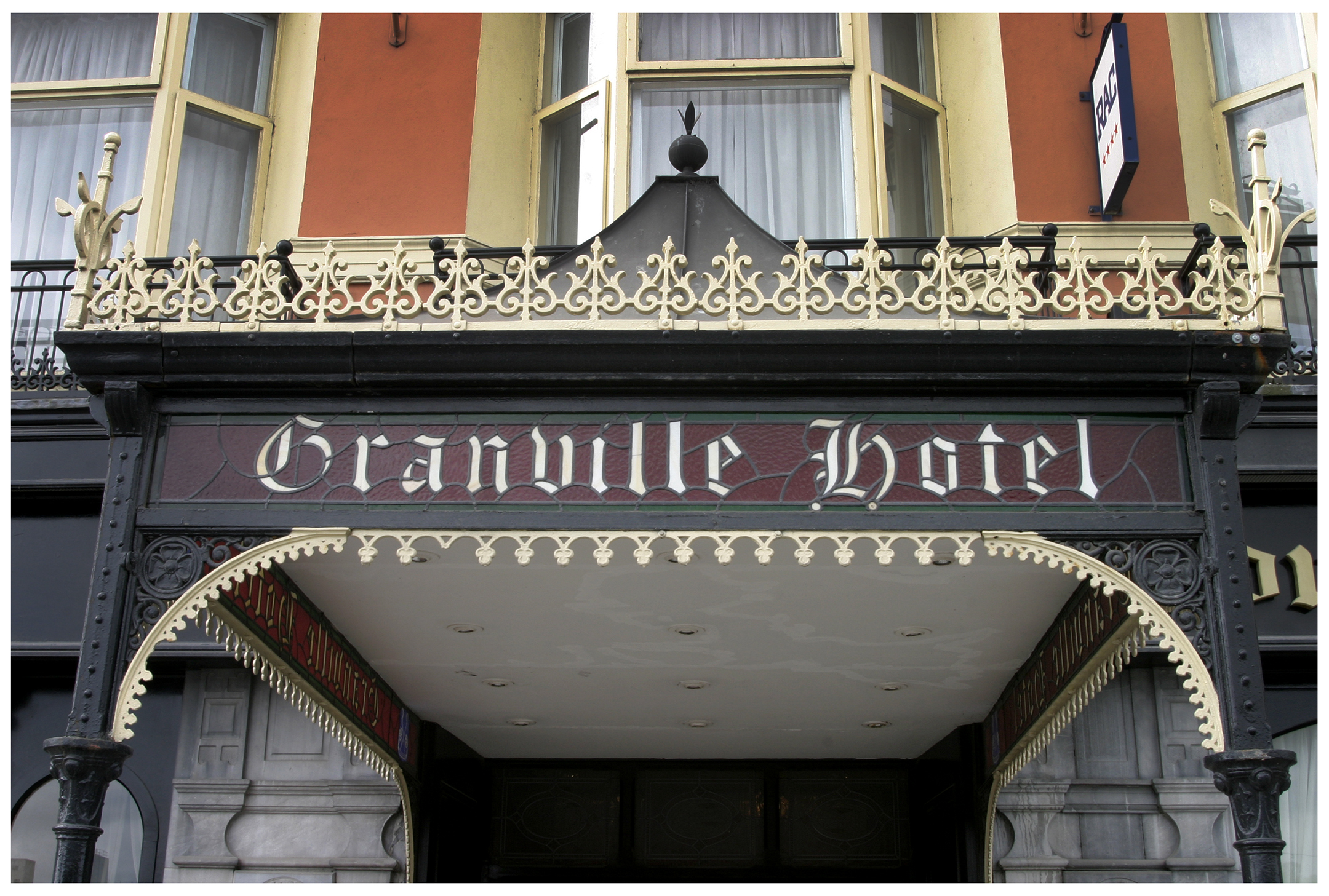
This successful Newfoundlander became mayor of Waterford and later a member of the British Parliament.
His son, Thomas Francis Meagher, was an Irish nationalist and leader of the Young Ireland movement in the rebellion of 1848. He is also credited with designing the Irish flag, the tricolour, in 1848. (I wonder if that design came from the pink, white and green tricolour of Newfoundland, or the other way around?)
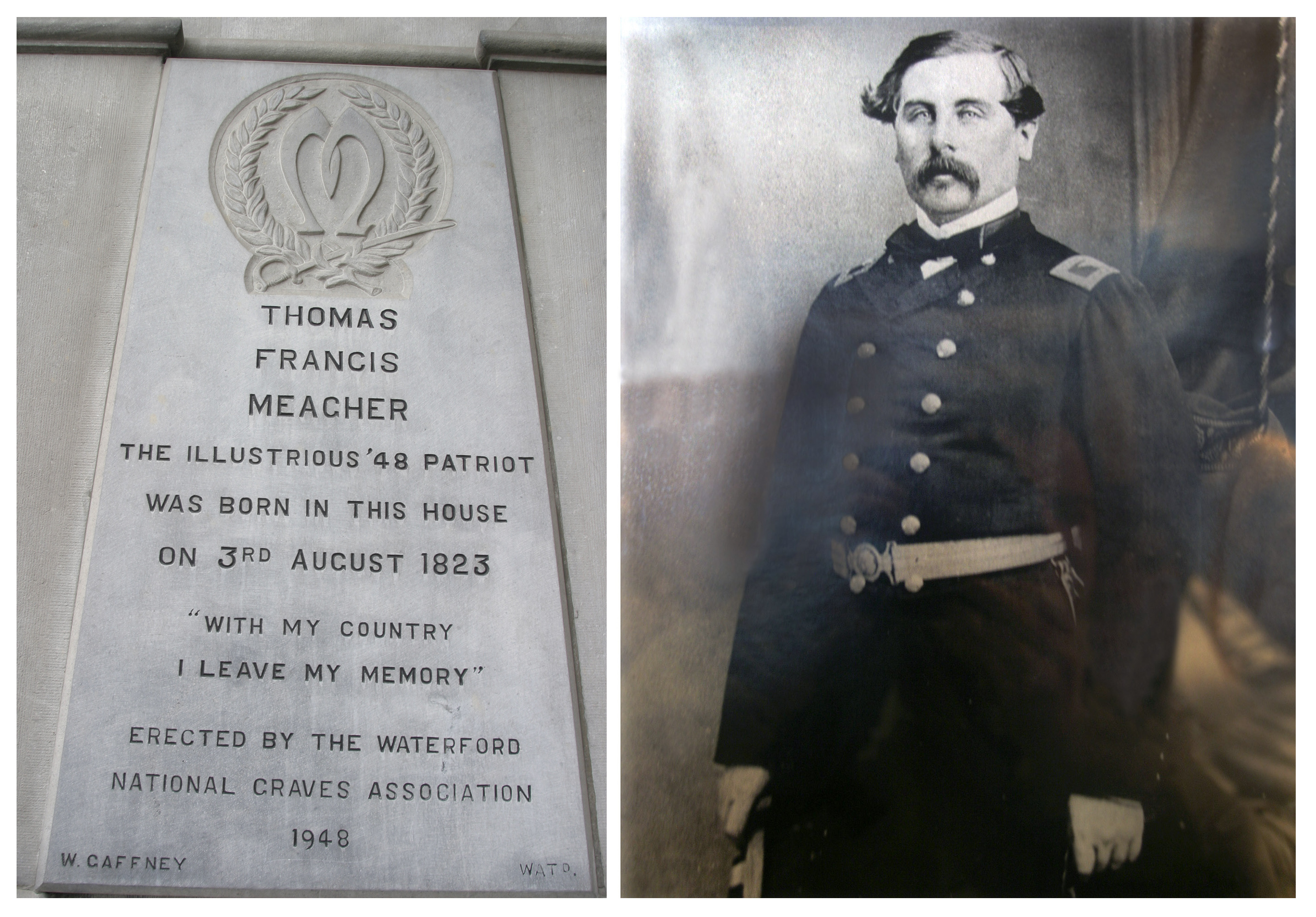
The fishermen who sailed on the ships out of Waterford, came predominantly from that southeast part of Ireland: Waterford, Kilkenny, Tipperary and Wexford.
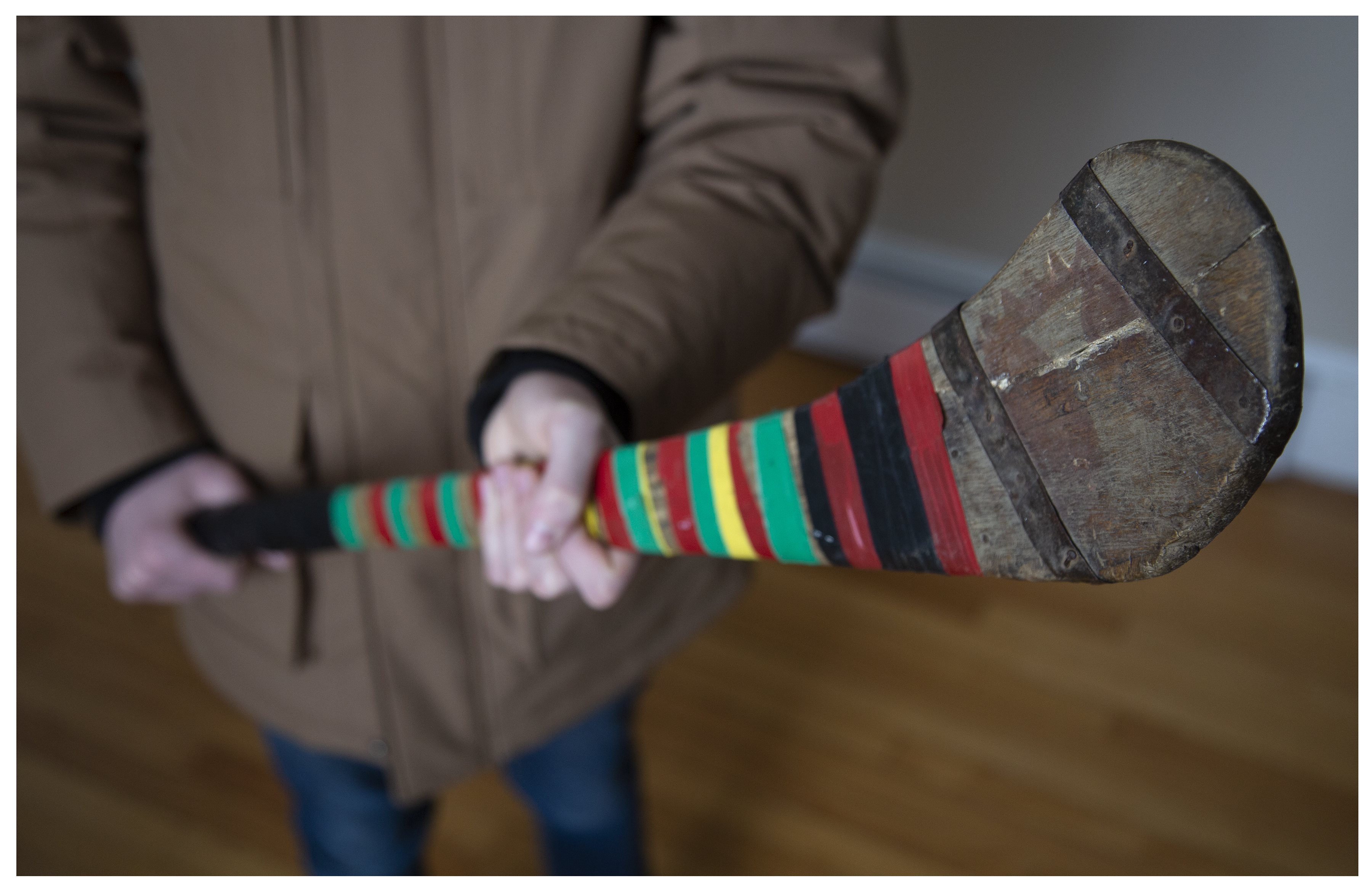
To entertain themselves they often played the ancient game of hurling, sometimes on ice. Some believe this is how the idea of ice hockey originated. Curiously enough, the Irish word for hitting the ball is “poc.”
The men from Wexford were known as Yellowbellies, because of the yellow sashes they wore around their belly. The corner on Water Street in St. John’s where they used to meet was called Yellow Belly Corner, and is where the Yellow Belly Brewery stands today.
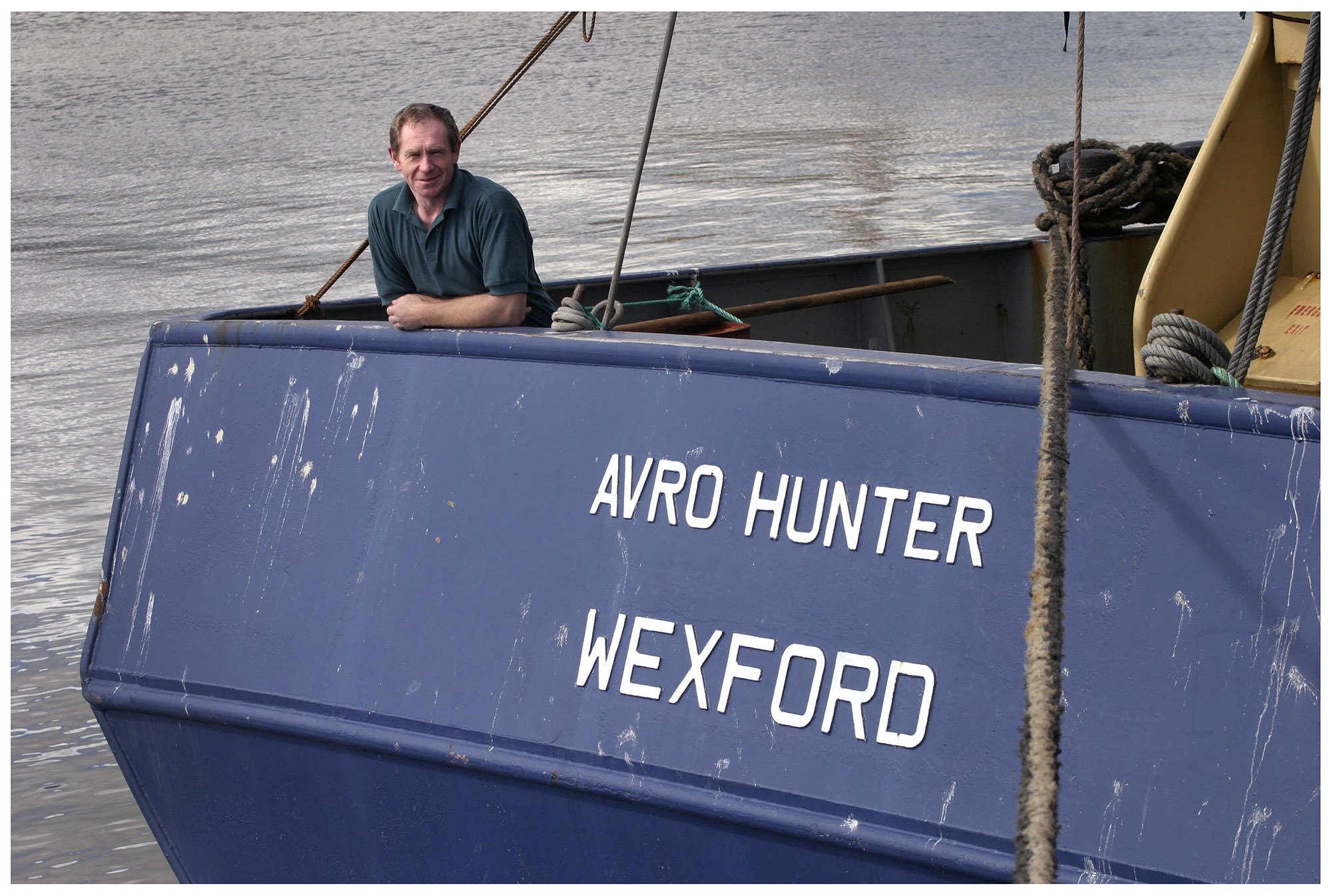
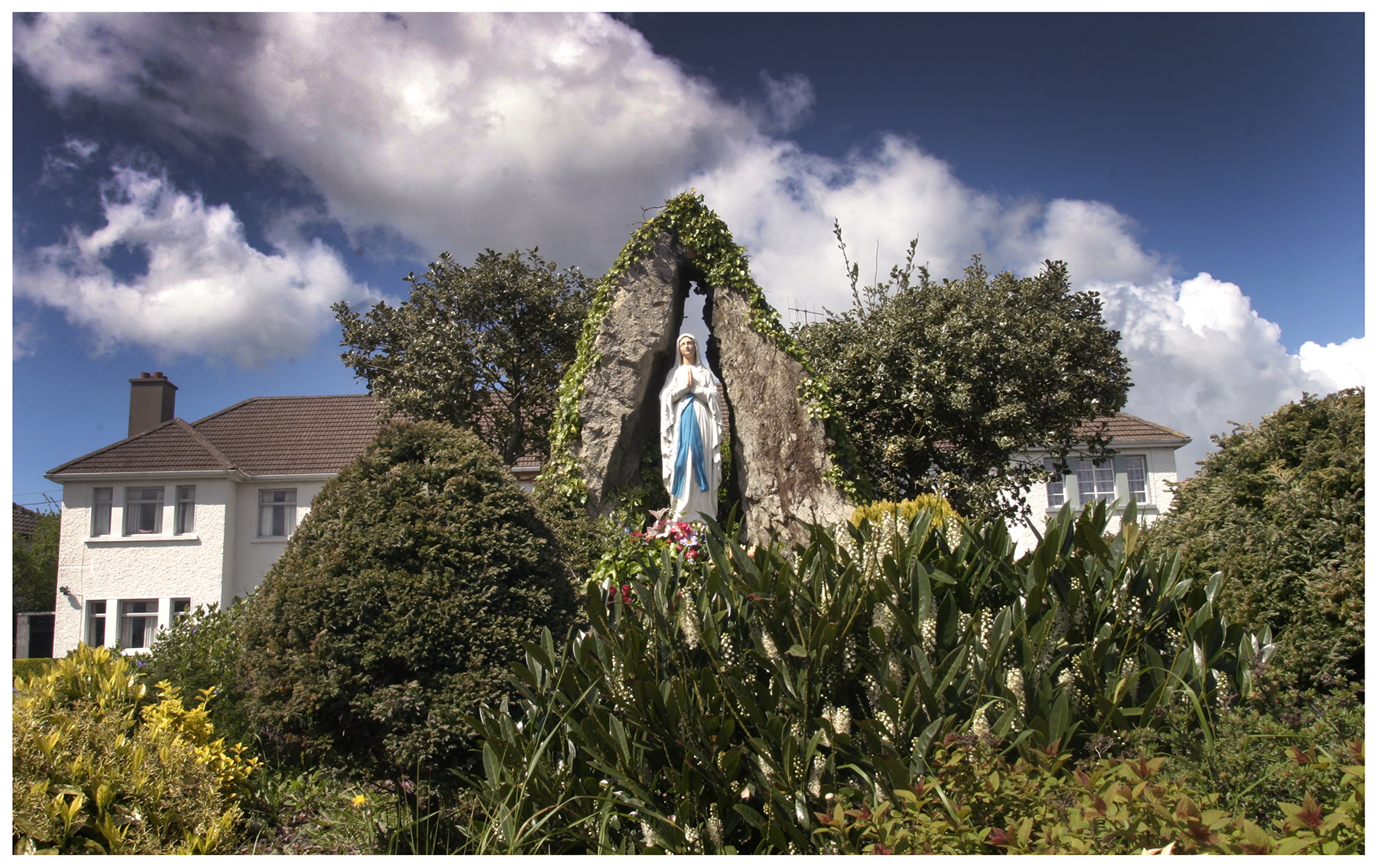
I had been to Waterford many times, but had never seen it from this perspective. I still have family in Dublin, and we visit Ireland every other year. But going to Waterford after having lived for years in St. John’s changed things.
Now, I am wearing “Newfoundland eyes.”
The Newfoundland-Ireland connection is very real. As we walked along the streets we sometimes had to look twice as we thought we saw somebody we recognized.
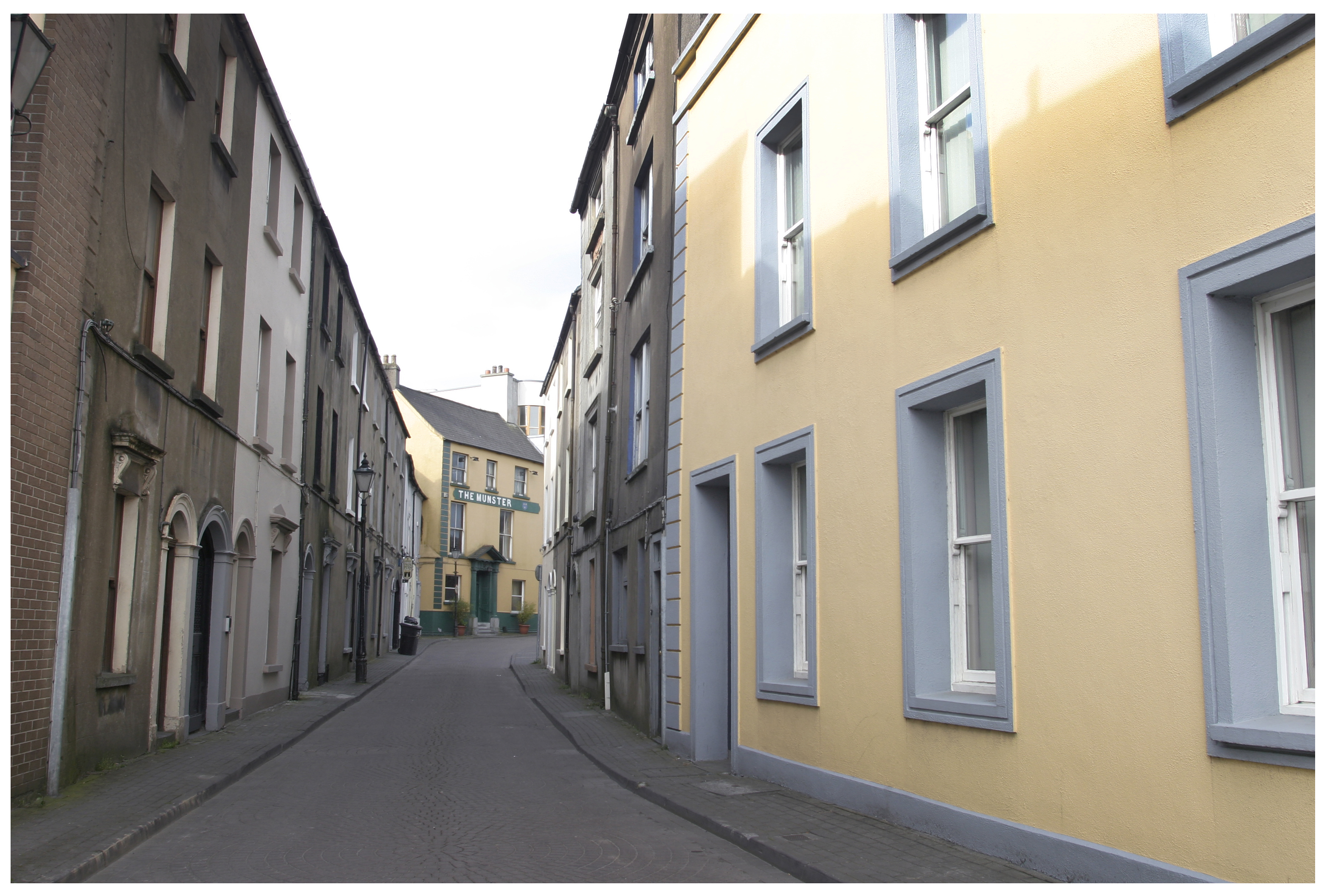
The names on the buildings: The Ship Inn, Powers, Fagan’s … all so familiar.
As St. Patrick’s Day draws near, folks around the world will be celebrating their Irish heritage. With more than 500 years of history, the ties in Newfoundland are very tangible.

More work by Paul Daly
CBC Newfoundland and Labrador has been delighted to bring you Paul Daly's photography over the years.
You may like some of these other features:
A quiet day in Beaumont-Hamel: A moving pictorial and essay on the monument to Newfoundland Regiment soldiers killed in battle during the First World War.
'We didn't think that we were doing a lot': Paul shot photographs to complement a wonderful feature by On The Go host Ted Blades, about English schoolchildren who tend to the graves of N.L. soldiers and a nurse in London, and their first visit to Newfoundland.
A feast for the eyes: A photo essay on Lunar New Year celebrations involving the Chinese community in St. John's.
Joey's chair: Paul photographed an exhibit on Newfoundland and Labrador culture and history at The Rooms to accompany a Jamie Fitzpatrick essay.
